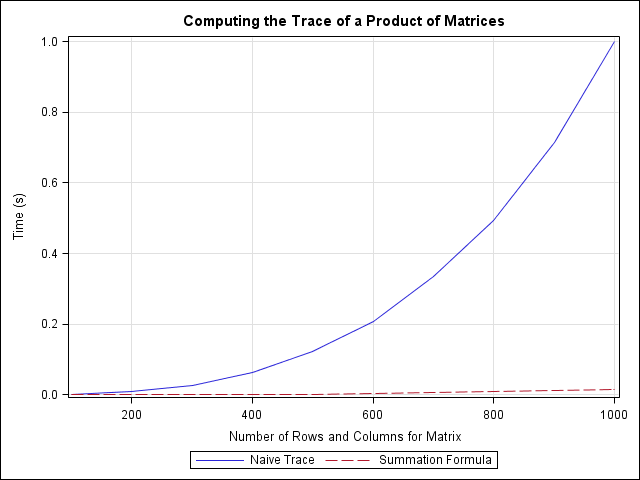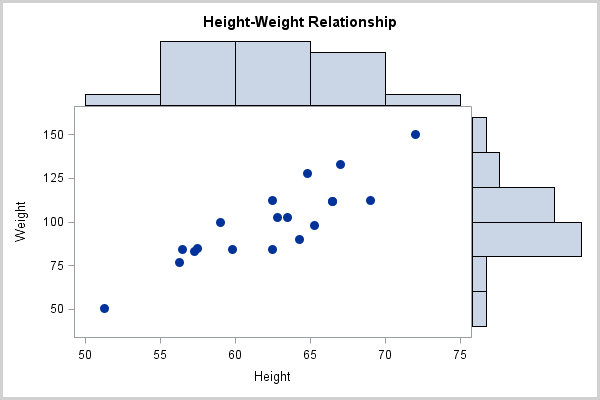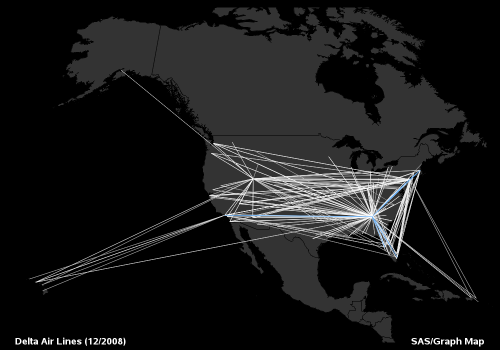
Writing efficient SAS/IML programs is very important. One aspect to efficient SAS/IML programming is to avoid unnecessary DO loops. In my book, Statistical Programming with SAS/IML Software, I wrote (p. 80): One way to avoid writing unnecessary loops is to take full advantage of the subscript reduction operators for matrices.


























